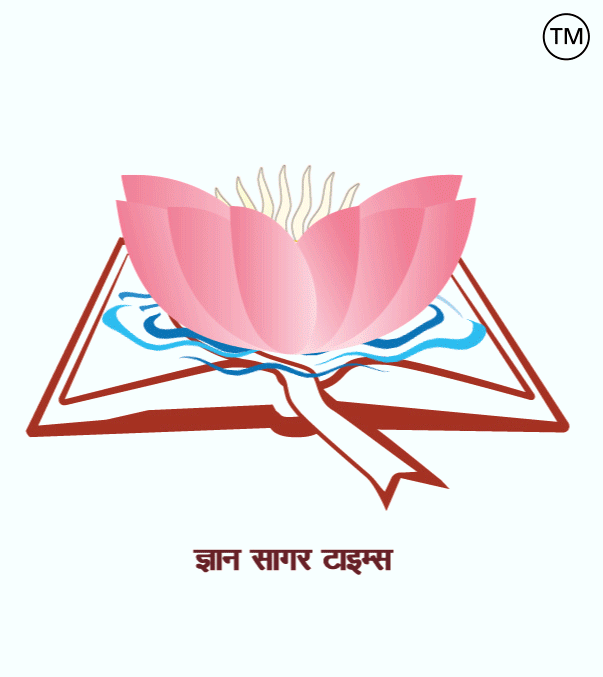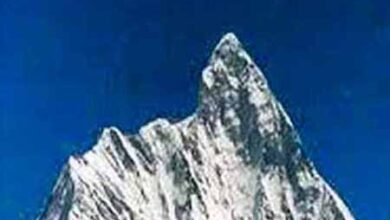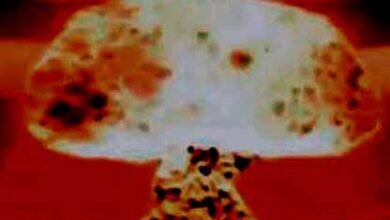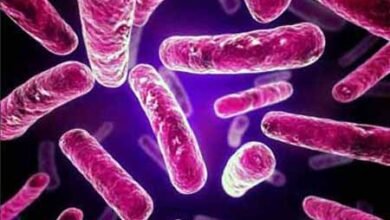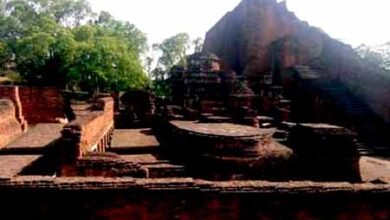
Related to Chemistry-177.
|
1. What decreases when the temperature of a liquid increase? = Surface tension. 2. Because of what does the oil rise in the lantern with the help of the wick? = Capillarity principle. 3. What decreases to water when dust or any lubricant (oil or grease) is dropped on its surface? = Surface tension. 4. Which is used to reduce the alkalinity of the soil? = Compost or manure. 5. Which mineral is used in the manufacture of talcum powder? = Theophrastus Magnesium silicate. 6. Which is best suited for removing the permanent hardness of water? = Potassium Chloride. 7. Which alloy is used for soldering metal pieces? = Tin and lead. 8. Which is the hardest metal? = Tungsten carbide. 9. Which is the hardest of all substances in the world? = Diamond. 10. Which number of protons is more than the number of neutrons? = Heavy molecules. 11. On heating dry ice i.e. solid carbon dioxide, what does it convert into? = Gas. 12. What type of compound is picric acid? = Organic compound (from the Greek word ‘pikrós’ meaning bitter). 13. Which is used as a reagent in laboratories? = Picric acid. 14. Approximately how much caloric energy is obtained from one kilogram of honey? = Approx 5500 calorie. 15. Some substances continue to emit radiation after being kept in sunlight and even after being removed from the light. What is this event called? = Phosphorescence. 16. Which type of substance is called Phosphorescence? = Calcium sulfide. 17. What is more in some salts? = Crystallization water. 18. Sublimation is that action? = In which solid substances on heating are converted into the gaseous state without changing into a liquid state and then on cooling from the gaseous state without changing into a liquid state, they are converted into a solid state. 19. What is Isobar? = Such atoms which have different atomic numbers, but have the same atomic mass, are called isobars. 20. What is the number of atoms present in one molecule of an element called? = Atomicity. 21. Who is credited with the discovery of catalyst? = Berzelius. 22. If a soluble substance is added to a liquid, then what increases in the liquid? = Increased surface tension. 23. What is present in the nucleus of an atom of any element is called the atomic number of that element? = Number of protons. 24. The combined presence of which in the nucleus of an atom of any element is called that element? = Combined number of protons and neutrons. 25. If left exposed to the sunlight or in the atmosphere, it turns into the toxic gas Phosgene?= Chloroform. 26. The pH value represents? = Rating of whether a solution is acidic or basic. 27. Aqueous solution of copper sulfate is acidic in nature because the salt contains? = Hydrogen ions is more than hydroxyl ion in water. 28. Test tubes containing H2O and aqueous NaOH solutions can be distinguished from? = Red litmus. 29. What kind of salt is H2CO3? = Weak acidic. 30. Who determined the pH value? = Sorensen.
Prof. Amarendra Kumar. ==================== =============== ========= रसायन विज्ञान से संबंधित-177. 1. द्रव का ताप बढ़ने पर क्या घटता है?= पृष्ठ-तनाव. 2. किसके कारण लालटेन में बत्ती के सहारे तेल चढ़ता है? =केशिकात्व सिद्धांत. 3. जल की सतह पर धूल अथवा कोई चिकनाई (जैसे, तेल या ग्रीज) गिराने पर जल का क्या घट जाता है? = पृष्ठ-तनाव. 4. मिट्टी में क्षारकत्व को घटाने के लिए किसका प्रयोग किया जाता है? = कम्पोस्ट एवं खाद. 5. टेलकम पाउडर के निर्माण में किस खनिज का उपयोग किया जाता है?= मैग्नीशियम सिलिकेट. 6. पानी की स्थाई कठोरता दूर करने के लिए कौन सर्वाधिक उपयुक्त है? = पोटेशियम क्लोराइड. 7. धातुओं के टुकड़े में टांका लगने में किस मिश्रण धातु का उपयोग होता है? = टीन और सीसा. 8. कौन सबसे कठोर धातु है? = टंगस्टन कार्बाइड. 9. विश्व के सभी पदार्थों में अधिक कठोर कौन है? = हीरा. 10. किस में न्यूट्रानों की संख्या की अपेक्षा प्रोटॉनों की संख्या अधिक होती है? = भारी अणुओं. 11. शुष्क बर्फ अर्थात ठोस कार्बन डाइऑक्साइड को गरम करने पर किस में वह परिवर्तित हो जाती है? = गैस. 12. पिक्रिक ऐसिड किस प्रकार का यौगिक है? = कार्बनिक यौगिक (ग्रीक शब्द पिक्रोस से बना है जिसका अर्थ होता है कड़वा). 13. किसका उपयोग प्रयोगशालाओं में अभिकर्मक के रूप में किया जाता है? = पिक्रिक ऐसिड. 14. एक किलोग्राम शहद से लगभग कितना कैलोरी ऊर्जा प्राप्त होती है?= 5500 कैलोरी. 15. कुछ पदार्थों को सूर्य के प्रकाश में रखने के बाद तथा प्रकाश से हटाये जाने के बाद भी उससे विकिरण उत्सर्जित होती रहती है। इस घटना को क्या कहते हैं? = स्फुरण. 16. किस प्रकार के पदार्थों को स्फुरण कहते हैं? = कैल्सियम सल्फाइड. 17. कुछ लवणों में क्या अधिक होता है? = क्रिस्टलन जल. 18. उर्ध्वपातन वह क्रिया है? = जिसमें ठोस पदार्थ गर्म किये जाने पर बिना द्रव अवस्था में बदले गैसीय अवस्था में परिणत हो जाते हैं और फिर ठंडा किये जाने पर गैसीय अवस्था से बिना द्रव अवस्था में बदले ठोस अवस्था में परिणत हो जाता है. 19. समभारिक (Isobar) क्या है? = ऐसे परमाणु जिनके परमाणु क्रमांक भिन्न-भिन्न होते हैं, परन्तु परमाणु द्रव्यमान समान होते हैं, समभारिक कहलाते है. 20. किसी तत्व के एक अणु में उपस्थित परमाणुओं की संख्या को क्या कहते हैं? = परमाणुकता. 21. उत्प्रेरक की खोज का श्रेय किसको जाता है? = बर्जीलियस. 22. यदि किसी द्रव में घुलनशील पदार्थ मिलाया जाये, तो द्रव का क्या बढ़ जाता है? = पृष्ठ तनाव बढ़. 23. किसी भी तत्व के परमाणु के नाभिक में किसकी उपस्थित उस तत्व की परमाणु संख्या कहलाती है? = प्रोटॉनों की संख्या. 24. किसी भी तत्व के परमाणु के नाभिक में किसकी संयुक्त उपस्थित उस तत्व की कहलाती है? = प्रोटॉनों और न्यूट्रानों की संयुक्त संख्या. 25. किसे सूर्य के प्रकाश में या वायुमण्डल में खुला छोड़ दिया जाए, तो वह विषैली गैस फॉस्जीन में बदल जाता है? = क्लोरोफॉर्म. 26. pH मूल्यांक दर्शाता है? = किसी घोल के अम्लीय या क्षारीय होने का मूल्यांक. 27. कॉपर सल्फेट का जलीय घोल प्रकृति में अम्लीय होता है, क्योंकि लवण में होता है? = जल में हाइड्रोजन आयन की मात्रा हाइड्रोक्सिल आयन की तुलना में अधिक. 28. H2O और जलीय NaOH से भरी परखनलियों के विलयनों में विभेद किया जा सकता है? = लाल लिटमस. 29. H2CO3 कैसा लवण है? = क्षीण अम्लीय. 30. पी. एच.(pH) मान का निर्धारण किसने किया? = सॉरेन्सेन.
प्रो. अमरेंद्र कुमार. ========== ========= ===========
|

